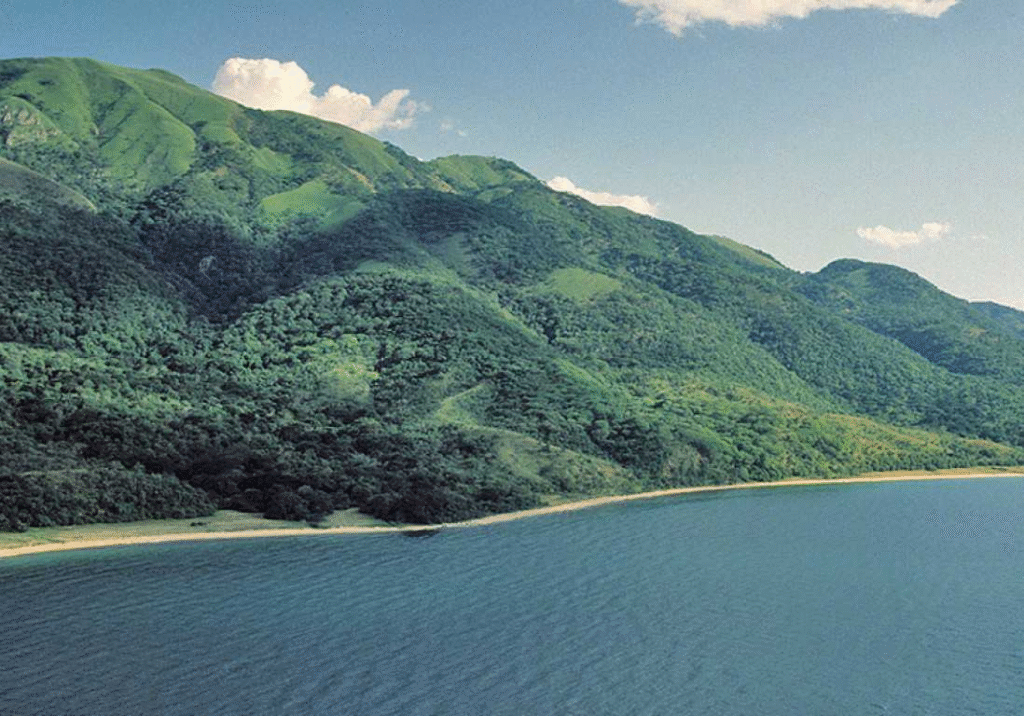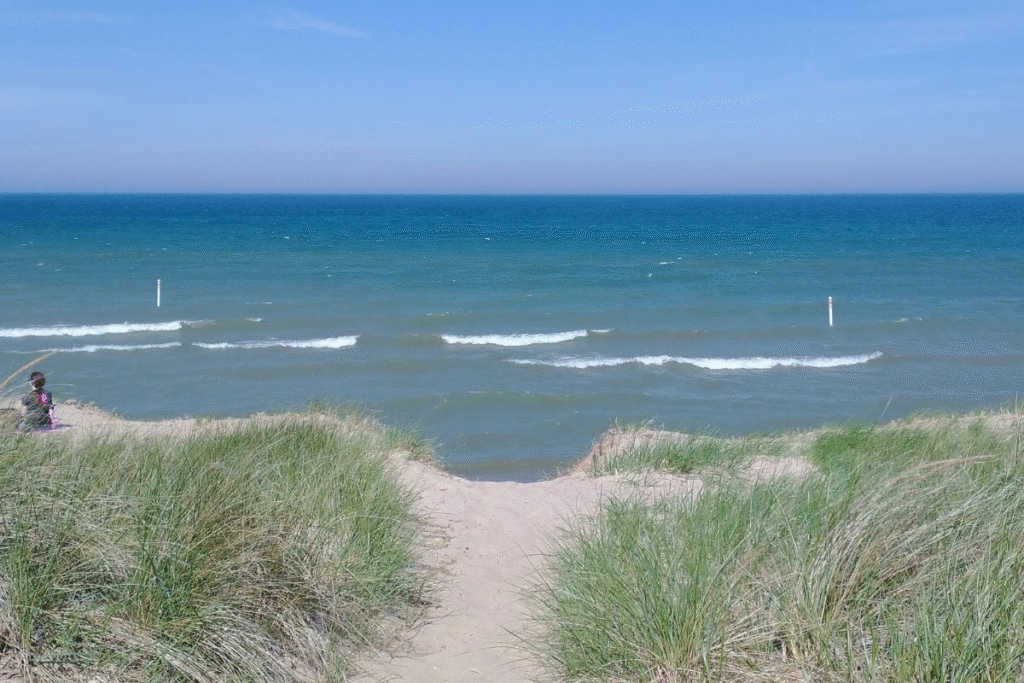Welcome to the breathtaking world of the great lakes. Imagine standing at the edge of a body of water so vast, it feels like the ocean—waves crashing, wind howling, and the horizon melting into infinity. But there’s no salt in the air. No tides. Just freshwater, stretching as far as the eye can see.
In a time when wanderlust runs deep and untouched nature feels like a rare luxury, the great lakes of the world offer a front-row seat to Earth’s most spectacular aquatic wonders. These freshwater giants are more than just large lakes—they are ecosystems teeming with life, cultural touchstones, and lifelines for millions. Whether you’re seeking soul-stirring sunsets, glacier-fed clarity, or the adventure of kayaking alongside ancient rock formations, these lakes deliver.
In this article, we dive deep—literally and figuratively—into the world’s top 5 great lakes, selected for their immense size, ecological importance, scenic beauty, and global appeal. From North America’s iconic lake systems to hidden gems in Africa and Russia, here are the freshwater giants that belong on every traveler’s bucket list.

1. Lake Superior – The Crown Jewel of North America
Location: United States & Canada
Surface Area: 82,100 km² (31,700 sq mi)
Lake Superior, the largest of North America’s Great Lakes, lives up to its name in every way. It is the biggest freshwater lake in the world by surface area and is a playground for both casual tourists and serious adventurers.
Why it’s great:
- Unmatched Scenery: From the sandstone cliffs of Pictured Rocks National Lakeshore in Michigan to the forested coastlines of Ontario, Lake Superior is a photographer’s dream.
- Cultural Depth: Native American legends, shipwrecks like the famous Edmund Fitzgerald, and centuries of maritime history all dwell here.
- Outdoor Adventures: Hike, camp, or paddle your way through the pristine wilderness. And yes, the water really is that cold and that blue.
Fun Fact: Lake Superior contains more water than all the other Great Lakes combined, plus three more Lake Eries.

2. Lake Victoria – Africa’s Lifeblood and Cultural Heart
Location: Tanzania, Uganda, and Kenya
Surface Area: 68,870 km² (26,590 sq mi)
While it may not get the postcard fame of its North American counterparts, Lake Victoria is Africa’s largest lake and the world’s second-largest freshwater lake by surface area.
Why it’s great:
- Vital to Millions: Lake Victoria is the economic and ecological heartbeat of East Africa. Over 40 million people rely on it for fishing, transport, and water supply.
- Islands & Wildlife: Home to unique fish species like the Nile perch and vibrant islands like the Ssese archipelago.
- Cultural Gateway: The lake is steeped in African folklore and is surrounded by bustling towns, markets, and fishing communities.
Fun Fact: It is one of the sources of the Nile River and was named by British explorer John Hanning Speke in honor of Queen Victoria.

3. Lake Baikal – Siberia’s Ancient, Frozen Giant
Location: Russia
Surface Area: 31,500 km² (12,200 sq mi)
If Lake Superior is massive and Lake Victoria is bustling, Lake Baikal is mysterious. Known as the “Galápagos of Russia,” Baikal is the deepest lake in the world, plunging to depths of over 1,640 meters (5,387 feet).
Why it’s great:
- Oldest and Deepest: At over 25 million years old, Baikal is also one of the world’s oldest lakes and contains 20% of the planet’s unfrozen freshwater.
- Biodiversity Hotspot: Home to over 1,700 species of flora and fauna—two-thirds of which are found nowhere else.
- Winter Wonderland: In winter, the lake freezes into a surreal crystalline landscape where cars, skaters, and trekkers cross its glassy surface.
Fun Fact: Baikal’s endemic seal, the nerpa, is the only freshwater seal species in the world.

4. Lake Tanganyika – The Vertical Marvel of the Great Rift Valley
Location: Burundi, Tanzania, Democratic Republic of the Congo, and Zambia
Surface Area: 32,900 km² (12,700 sq mi)
Long, narrow, and incredibly deep, Lake Tanganyika carves through the Great Rift Valley like a ribbon of pure blue. It’s not just one of the largest great lakes—it’s also one of the oldest and deepest.
Why it’s great:
- Record-Breaking Depth: With depths reaching 1,470 meters (4,823 feet), it’s the second-deepest lake in the world after Baikal.
- Ecological Gem: Tanganyika boasts more than 350 species of fish, many of them endemic, making it a hotspot for scientists and divers alike.
- Adventure Awaits: From the chimpanzee forests of Mahale Mountains National Park to vibrant lakeside cities like Bujumbura, the lake offers both natural beauty and cultural exploration.
Fun Fact: It holds the title of the longest freshwater lake in the world—spanning nearly 676 kilometers (420 miles).

5. Lake Michigan – America’s Freshwater Playground
Location: United States
Surface Area: 58,000 km² (22,400 sq mi)
The only one of North America’s Great Lakes entirely within the United States, Lake Michigan is as much a cultural icon as it is a natural wonder.
Why it’s great:
- Urban Meets Nature: Where else can you swim at a beach, sail on a yacht, and enjoy a world-class skyline in the same afternoon? Chicago sits right on its shores.
- Dunes & Forests: Explore the sweeping sand dunes of Indiana Dunes National Park or the pine-covered coasts of Wisconsin and Michigan.
- Four-Season Fun: Ice fishing in winter, beach lounging in summer, and vibrant foliage in fall make it a year-round destination.
Fun Fact: Its shores are home to some of the most extensive freshwater dunes in the world.
What Makes a Lake “Great”? A Deeper Reflection
So what truly makes a lake great? Is it merely about size—how far it stretches across the map, or how deep its waters run? Or is it something more profound, something that resonates beyond the numbers on a scientific chart?
To understand the essence of a great lake, you must look past the surface shimmer and plunge into what lies beneath—both literally and metaphorically.
Immensity Beyond Imagination: Size and Depth
A truly great lake isn’t just wide—it’s commanding. Its sheer size humbles you, its depth challenges the imagination. These are the freshwater giants where horizons vanish into mist and storms brew with oceanic ferocity. When you stand at the edge of Lake Superior or peer into the abyss of Lake Baikal, you feel small—but not insignificant. You feel connected to something ancient and powerful.
Their colossal volumes aren’t just statistics; they are life-bearing reservoirs that hold a significant portion of the planet’s freshwater—making them as essential to human survival as they are to natural awe.
Living Ecosystems: Ecological Importance
Greatness is also measured by life—by the vibrant, often mysterious ecosystems that thrive within and around these lakes. From the endemic Baikal seal to the dazzling cichlids of Lake Tanganyika, these waters are cradles of biodiversity.
Each of the world’s top great lakes serves as a natural laboratory and sanctuary. They support thousands of plant and animal species, some found nowhere else on Earth. Their delicate ecosystems are vital for scientific research, conservation, and climate stability. Beneath their surfaces live stories written in the language of evolution, adaptation, and survival.
Legends and Livelihoods: Cultural Significance
But a lake is not great without its people—those who live on its shores, fish in its depths, and tell its stories. The great lakes are not isolated marvels; they are living, breathing intersections of culture and nature.
Lake Victoria pulses through the heart of East Africa, shaping economies and oral traditions. The Ojibwe people have revered Lake Superior for centuries, considering it sacred. And Lake Baikal—its mysticism echoing through Russian folklore—is a soul-space for Siberians.
These lakes have nourished civilizations, inspired poets, and sparked myths. They are spiritual and historical anchors that bind generations.
Nature’s Playground: Recreational Value
Finally, a great lake invites us in. It beckons us to explore, to wander, and to dream. Whether you’re sailing across Lake Michigan’s urban coast, diving into the ancient trenches of Lake Tanganyika, or skating atop the frozen plains of Baikal, each experience transforms you.
These lakes are not just for looking at—they are for living in. They support sustainable tourism, offer refuge for weary travelers, and provide platforms for eco-conscious adventure. From kayaking to hiking, wildlife photography to stargazing—there’s a sense of freedom you can only feel when surrounded by freshwater wilderness.
The Soul of the Water
When we speak of the “world’s top 5 great lakes,” we’re not just talking about water. We’re talking about earth’s open secrets—monuments of nature that nourish, challenge, and inspire. Each lake in this list is not merely a destination. It is a character in its own right, with moods, stories, and unspoken wisdom.
These are places where time slows down, where your breath catches not from exertion but from beauty. They are places where greatness is not a title—it’s a feeling.
So next time you hear the phrase “great lakes,” remember: it’s not just about size. It’s about the soul.
Why Travel to the Great Lakes?
From the thunderous surf of Lake Superior to the tranquil stillness of Baikal’s frozen expanse, the great lakes of our world represent not just geographic landmarks, but deeply spiritual and cultural realms. They shape weather, support life, and inspire wonder.
So whether you’re planning your next road trip, looking to explore new ecosystems, or simply chasing serenity, these world’s top 5 great lakes offer a passport to another world—one where water reigns and nature speaks in waves.
Dive in. The great lakes are waiting.
Read More : Why is Revel Bikes closing?
